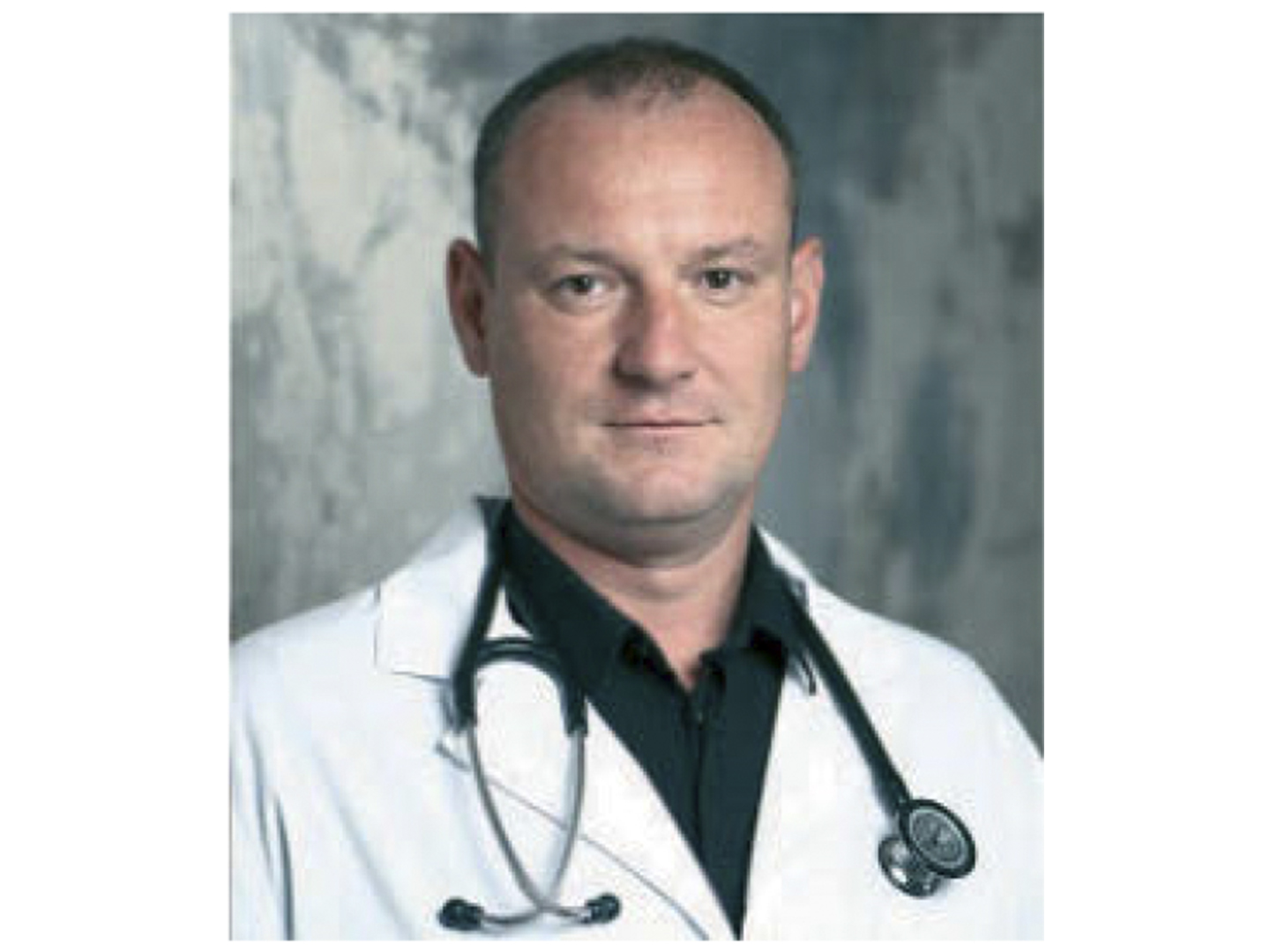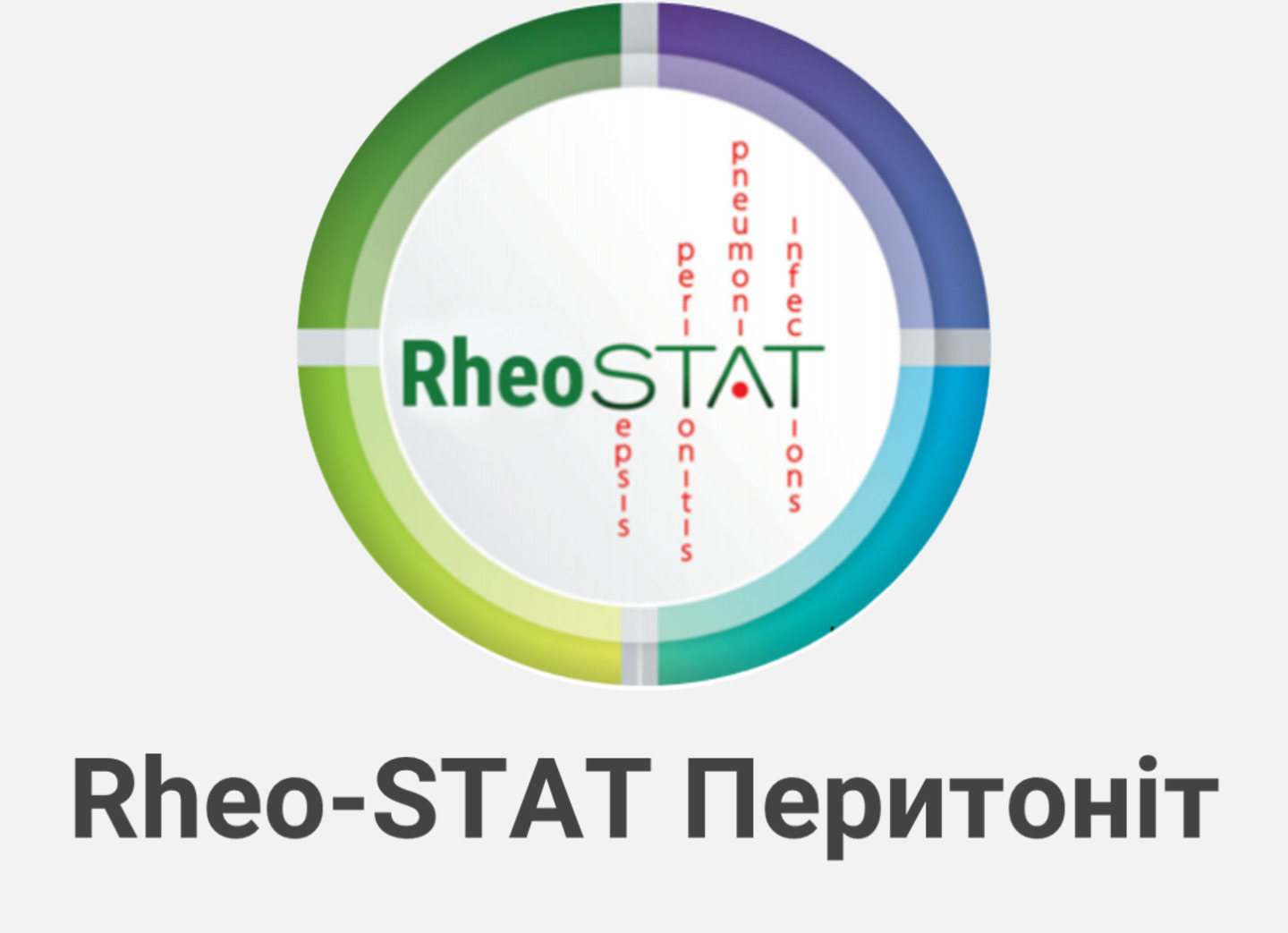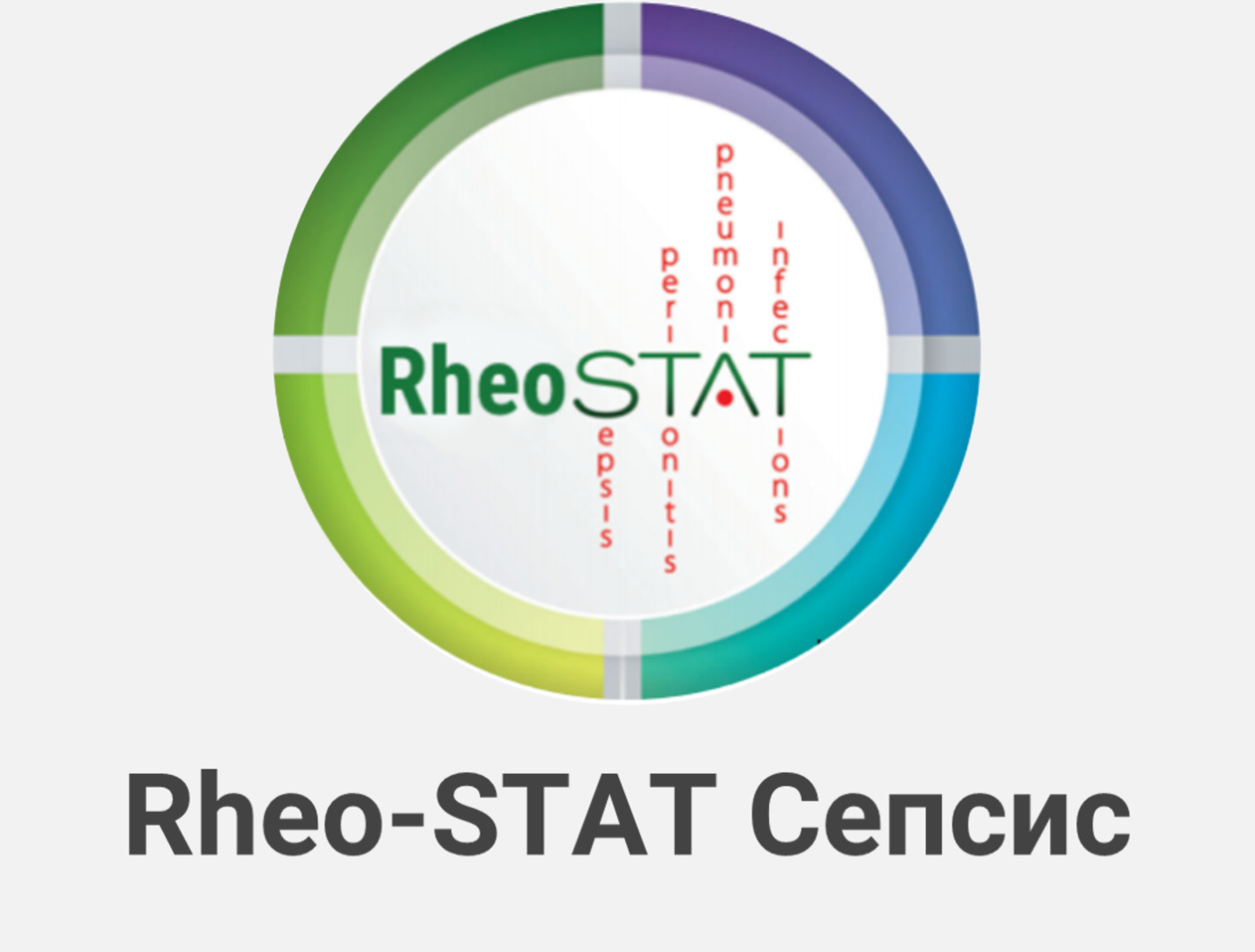Study of efficacy and safety of Diart® in the treatment of patients with knee osteoarthritis of the II-III grade
Institute of Gerontology named after D.F. Chebotaryov State Enterprise of National Academy of Medical Sciences of Ukraine
International Osteoarthritis Centre, Kiev
Povorozniuk V.V– prof., PhD, MD, President of the Ukrainian Association of osteoporosis and Ukrainian Association of menopause, andropause and diseases of the musculoskeletal system, board member of the International Association of Osteoporosis (IOF), Deputy Chairman of the Scientific Medical Society gerontologists and geriatricians Ukraine, vice president of the Ukrainian Association of Rheumatology, member of presidium Ukrainian orthopaedic trauma association, member of the public Council of the Ukrainian Federation of NGOs promoting health civil society, Honorary member of the Association of Implantology Ukraine, member of the International Association ACR, EMAS, EULAR, ISCD, ISSAM, OARSI, SICOT. Director of the Ukrainian Scientific Medical Center of osteoporosis.
Application in clinical practice of new class of drugs – symptom modifying slow-action drugs (SMOADs) – has significantly broadened treatment and rehabilitation measures in patients with knee osteoarthritis. Here belong drugs based on chondroitin, glucosamine and hyaluronic acid. These drugs are characterized by slower effect as compared to symptomatic drugs, however, this effect lasts after one stops taking them.
Hyaluronate was discovered by Karl Meyer in 1934 while he worked at the ophthalmological clinic at the Columbian University. He isolated this substance from a cow’s vitreous body under acid conditions and called it hyaluronic acid from Greek word hyalos — meaning vitreous and uronic acid that was one of the components of this polymer. During the following ten years Karl Meyer and some other authors isolated hyaluronate from various tissues. For instance, it was found in joint fluid, umbilical cord and tissue of cock’s comb. The chemical structure of the polysaccharide molecule was deciphered by Karl Meyer and his colleagues in the 1950s. Hyaluronate is a long polymeric molecule that consists of disaccharide parts which components are N-acetyl-D-glucosamine and D-glucuronic acid, interconnected by В1-4 and В1-3 connections.
In 1972 Hardingham and Muir showed that hyaluronate can bind to proteoglycans of cartilaginous tissue. Researches done by Hascall and Heinegard found that hyaluronate can be specifically bound to N-terminal domain of proteoglycans’ globular part and connective proteins. This link is quite strong and onto one chain of hyaluronate there can be several proteoglycans which result in formation of large molecular aggregations in the cartilage and other tissues. In 1979 Underhill and Toole showed that hyaluronate binds to cells and 1985 saw isolation of the receptor responsible for this interaction. In 1989 2 groups of authors simultaneously published their works where they showed that lymphocyte homing receptor CD44 can link to hyaluronate in the cartilaginous tissue. Another hyaluronate-binding protein isolated later from the supernatant of ЗТЗ cell culture in 1982 by Turley and co-authors was RHAMM (receptor for hyaluronate mediating motility). At the beginning of the 1970s Bryan Toole and Jerome Gross showed that during regeneration of a new limb in frog larva hyaluronate was synthesized at the very beginning and then due to hyaluronidase its amount decreases with hyaluronate being replaced by chondroitin sulphate. This research was fundamental for the modern hyaluronic acid-based drugs.
Application of drugs based on hyaluronic acid has become a pioneer direction in osteoarthritis treatment. In osteoarthritis concentration and molecular mass of hyaluronic acid in synovial fluid is reduced which causes decrease of its viscoelastic properties. Injection of exogenic hyaluronic acid into a joint restores the joints and normalizes cushioning and lubricating properties of synovial fluid.





